Tour Itinerary
Day 01
Airport/Beruwala
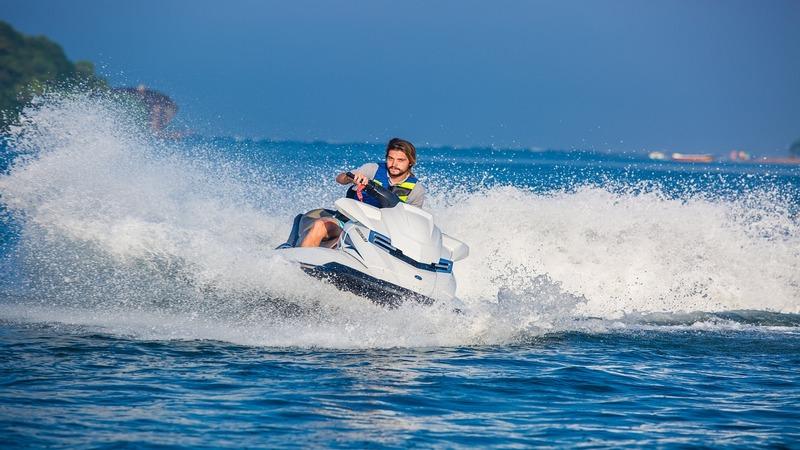
Arrive at the Colombo airport & meet your English speaking chauffeur guide at the airport lobby. Thereafter, proceed to Beruwala and check in to the hotel.
Another beach resort area on the south western coast, not too far from Colombo, Beruwala offers a further clutch of tourist hotels which are more up-market. A lagoon and a river add to the scenic beauty of the place and provide much scope for water sports such as skiing and water jet scooters.
Dinner & overnight stay at a hotel in Beruwala.
Day 02
Beruwala/Galla/Weligama/Udawalawe
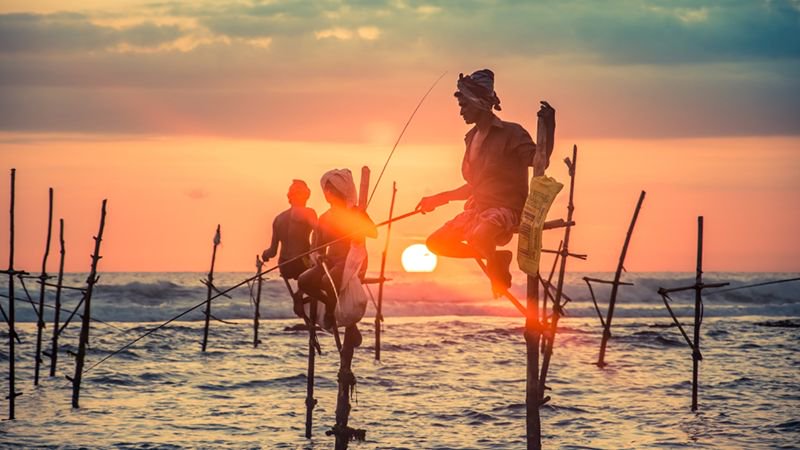
After breakfast proceed to Galle.
The old port of Galle, about 115 kms from Colombo, and reachable in an hour from Colombo on the new Southern Expressway, has a long history. Since the times of the Arab traders, it was an important stop on the silk route where they exchanged silks for spices and gems. Other maritime nations followed; the Portuguese, the Dutch, and the British. The Fort built by the Dutch lasts to this day, once again another UNESCO World Heritage site. Galle is a quaint town and a leisurely stroll through the ramparts of the fortress transports one back to another era. The Fort contains a veritable treasure trove of places to visit: The newly-renovated International Cricket Stadium, the Dutch Museum, the Maritime Museum, the Dutch Groote Kerk (Great Church), old mansions with intricate lattice work unique to Dutch architecture, a lighthouse 18 metres tall, and the oldest inn in Sri Lanka, the New Oriental Hotel which is a great place to stay.
Galle is also a hunting ground for antique hunters and some interesting curios can be purchased here. The cosmopolitan nature of the city attracts many tourists also because it is close to the popular beaches of Hikkaduwa, Unawatuna, and Koggala.
Thereafter continue to Udawalawe. Stop in Weligama to capture the beauty of stilt fisherman.
Watch carefully how ‘stilt-fishermen’ have excelled in their patience in this photographer’s paradise while dipping your toes in soft waves that caress the shores of gold, an experience that never grows old under the sun shining so bold!
Continue to Udawalawe.
Check-in to the hotel and enjoy a safari in the late afternoon.
A safari tour of the Udawalawe National Park is a rewarding trip for wild-life enthusiasts. The park is home to the bear, the leopard, the deer and the sambhur, and is well-known for its elephant population. The area of this park is 30,821 hectares and it nestles between the Udawalawe reservoir and the Walawe River. Dawn and dusk are the best times to see the elephants as they march to water-holes.
Dinner & overnight stay at a hotel in Udawalawe.
Day 03
Udawalawe/Nuawara Eliya/Kandy
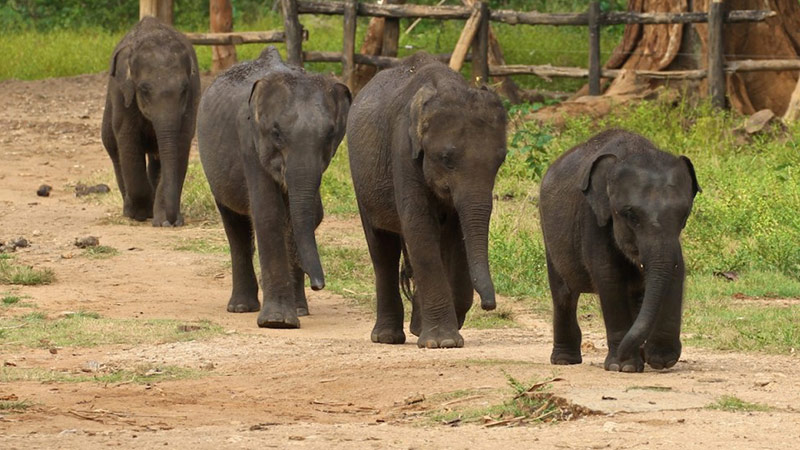
After an early breakfast visit the Elephant Transit Home in Udawalawe.
Udawalawe Elephant Transit Home bears a different story. Established in 1995, it caters to all injured elephants found in the area before releasing them into their natural habitat. So, make sure to just watch – rather than touch – these gentle giants as they feed, play and mingle with each other, before heading into the wild with one another.
Thereafter proceed to Nuwara Eliya and visit a Tea Plantation and a factory.
Beginning from the tallest mountain in Sri Lanka, Pidurutalagala (about 2,600 metres) the landscape of the hill country around Nuwara Eliya spreads through hills and valleys and ravines. It is the most popular hill resort in the Island because of its salubrious climate. Ever since a British Governor built a holiday home here in 1828, the place took on the appearance of a quaint old English village with houses in the same style built by British tea-planters. Place names such as Victoria Park, Lake Gregory, Baker’s Falls, St. Clare’s Falls, etc. all evoke the British legacy. The Grand Hotel and the Golf Club with its 18-hole course, one of the finest in Asia, draw the visitor with their old world charm. The road to Nuwara Eliya runs through manicured tea gardens and majestic hills with cascading waterfalls, and is a most scenic drive. This is the heart of the famed tea plantations which produce the finest teas in the world.
Thereafter proceed to Kandy.
Day 04
Kandy/Peradeniya/Kandy
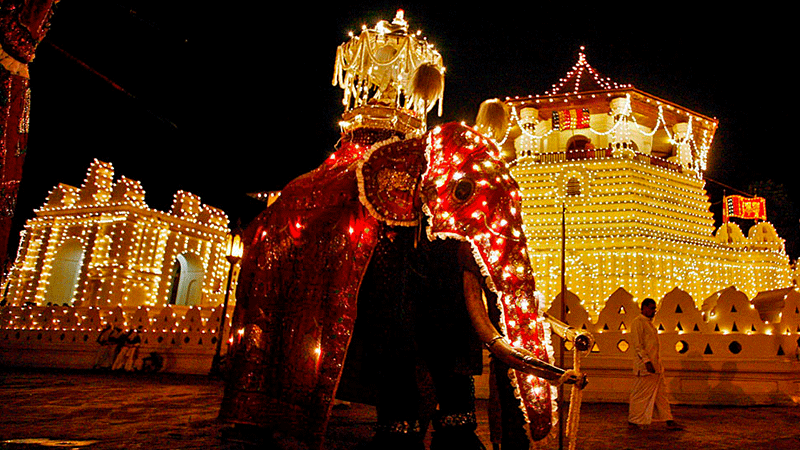
After breakfast proceed to Peradeniya.
In the evening enjoy Kandy city tour including the visit to the temple and the cultural show.
The Sri Lankans refer to Kandy as “Maha Nuwara” – the great city. In the times of the kings it was known as “Senkadagala”. It was the last capital of the Sinhala kings and fell to the British conquerors in 1815. Nestling in the central hills, about 112 kms from Colombo, Kandy is a must-see place for all visitors. With a beautiful lake in its midst on the banks of which is the World Heritage site of the Temple of the Tooth, Kandy is a bustling city. The Temple enshrines a tooth, the holiest relic of the Buddha in Sri Lanka, which according to legend was brought in 312 AD by a royal couple from India. Every August the “Esala Perahera” takes place in Kandy, the grandest religious and cultural pageant in the Island. This continues for 8 days – a fascinating spectacle of dancers, drummers and elephants.
Dinner & overnight stay at a hotel in Kandy.
Day 05
Kandy/Matale/Dambulla
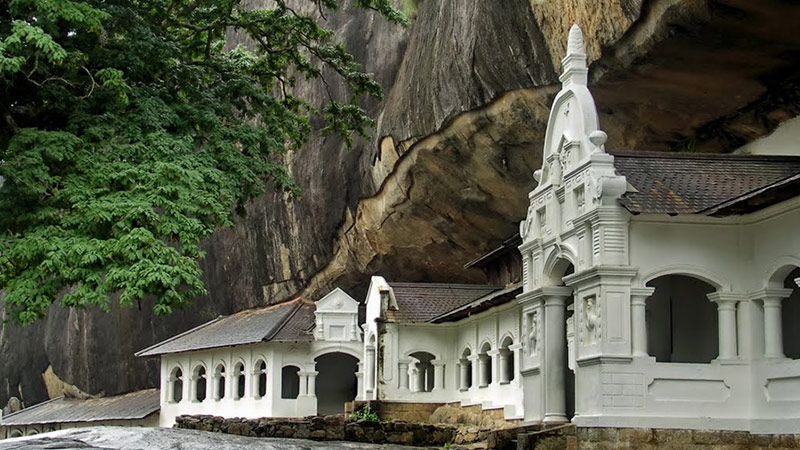
After breakfast proceed to Matale and visit one of the many spice gardens as well as a batik factory located in the area.
Batik work is the art of using wax on fabric when dyeing in order to avoid dyeing a certain section of the fabric. This method is also known as wax-resist dyeing.
The material usually used is cotton as it captures the dyes without fading much with use. The wax is dripped in a pattern or design using a spouted tool called a canting, or printed in preset design using a copper stamp called a cap. A stiff brush is used to apply the wax for larger patterns. The material is then immersed in dye and the wax is removed with boiling water afterward. This leaves the waxed area a different color in comparison to the dyed area. The process is repeated with different areas being waxed and dyes of different shades for complex multi colored designs. The designs are usually very colorful and unique
Transfer from Batik Factory to the spice garden.
An agricultural zone in the Central Province, Matale seldom drops off the maps due to its remarkable contribution through flagship crops of the island extending from tea, rubber & vegetables to spices. Spearheading the Rebellion back in 1848, Matale today takes immense pride in its story woven around spices. Stop by the side of a spice garden – into which you will be most welcome – and observe the therapeutic values of spices & processes over a refreshing cup of herbal tea! Or spend some time idling on the hardened streets if you mean a real town adventure filled with voices and colors.
Continue to Dambulla and visit the UNESCO World heritage site of Dambulla Cave Temples.
Dinner & overnight stay at a hotel in Dambulla.
Day 06
Dambulla/Sigiriya/Polonnaruwa/Pasikuda
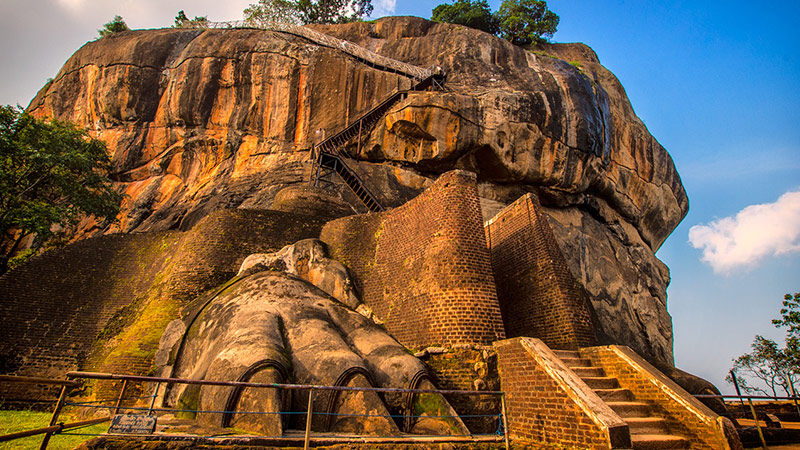
After breakfast visit Sigiriya Rock Fortress.
Another world heritage site. King Kashyapa (477-495 AD) built this impregnable fortress on a solitary rock rising about 200 metres from the scrub jungle. The rock was the innermost stronghold of a 70 hectare fortified town. A moat, rampart, and extensive gardens including the renowned water gardens ring the base of the rock. Remains of Kashyapa’s palace atop the rock covers an area of about 3 acres. The name Sigiriya means the Lion’s Rock, so called perhaps because the steep climb to the top begins between two huge lion’s paws carved from the rock. Midway through the ascent you would see the world-renowned frescoes of the ”Heavenly Maidens” of Sigiriya, which are on a sheltered face of the rock approached by a spiral stairway. These magnificent frescoes were painted 1,500 years ago on plaster using earth pigments.
On completion visit the ancient city of Polonnaruwa.
Yet another world heritage site. King Vijayabahu is said to be the the creator of this 2nd capital of Sri Lanka in the 11th century AD. More well-known is King Parakramabahu who developed the city, landscaped it and built several lakes to catch the rainwater for irrigation. One lake is so large that it is known as the Parakrama “Samudra” (Sea) A statue 12’ tall stands by the banks of this lake and it is commonly believed that it represents King Parakramabahu. More archaeological sites welcome the visitor: The ruins of the Royal Palace, the Gal Viharaya where four splendid statues of the Buddha in ‘Upright’, ‘Sedentary’ and ‘Recumbent’ postures carved out of rock, the Audience Hall and the Lotus Bath, There are also monuments of famous places of worship such as the Shiva Temple, the Lankathilaka, the Vatadage, the Galpotha, the Kiri Vehera and the remains of a former Temple of the Tooth Relic.
Thereafter proceed to Pasikuda.
Dinner & overnight stay at a hotel in Pasikuda.
Day 07
Pasikuda
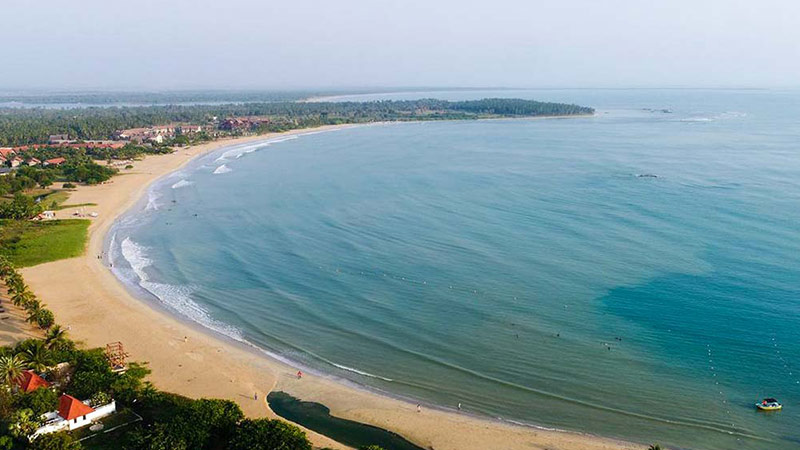
Full day at leisure to enjoy the lovely beach of Pasikuda.
Dinner & overnight stay at a hotel in Pasikuda.
Day 08
Pasikuda
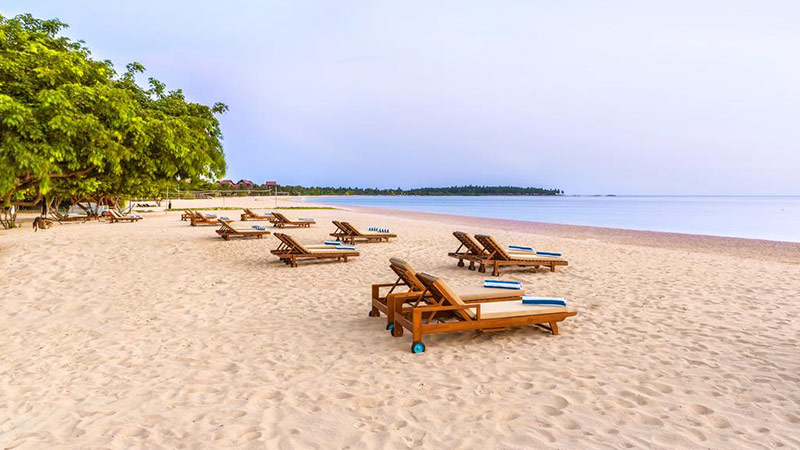
Full day at leisure to enjoy the lovely beach of Pasikuda.
Dinner & overnight stay at a hotel in Pasikuda.
Day 09
Pasikuda/Negombo
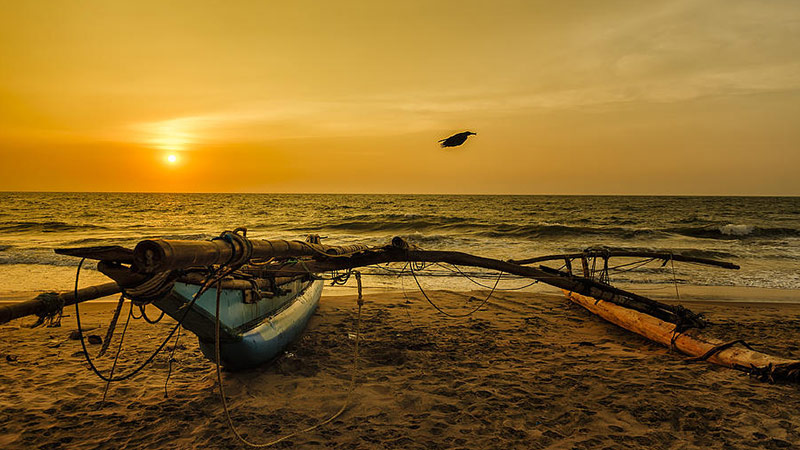
After breakfast proceed to Negombo.
Negombo lies on the sea-coast about 10 kms to the North of the Colombo International airport. Its beautiful beaches and the string of tourist hotels alongside beckon the visitor. Many go to Negombo straight from the airport to relax on its beaches or stay there as a last stop prior to flying back home. The Negombo area is the heartland of Catholics in Sri Lanka as illustrated by the large number of churches and wayside shrines. The Portuguese missionaries converted the mostly fisherfolk of Negombo, and the people took on Portuguese names such as Fernando, Silva and Perera which continue as surnames to this day.
The Dutch too made a Fort there and built a canal through Negombo which stretches from Colombo to Puttalam to transport merchandise. The ocean and the large lagoon contributed to making Negombo one of the most important fishing ports and fisheries still dominate the local economy. The lagoon is famous for shrimps, lobsters and crabs. The catamaran-type fishing boats of Negombo with their billowing sails are an unforgettable sight when the fleet returns home.
Rest of the day at leisure.
Dinner & overnight stay at a hotel in Negombo.
Day 10
Negombo/Airport
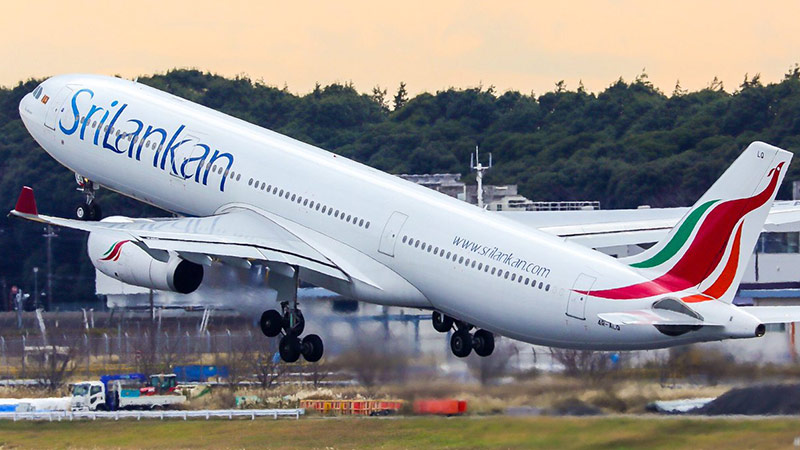
Transfer from Negombo to Colombo International Airport to catch the departure flight.